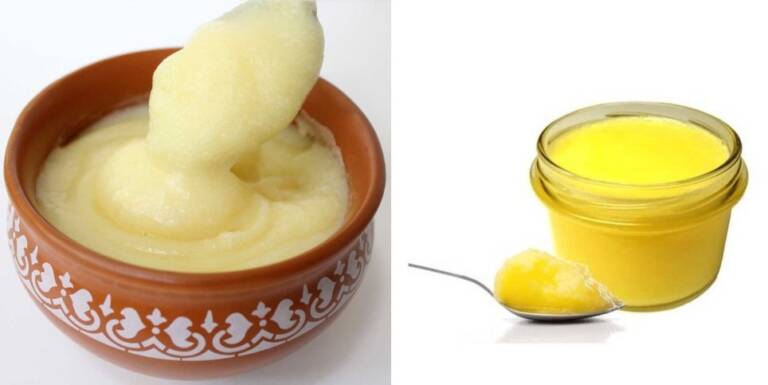Project Report For Ghee Manufacturing Plant
Introduction
Project report for Ghee Manufacturing Plant is as follows.
Ghee is a clarified butter in which the milk solids have been burnt and then skimmed away from the fat, resulting in a product that combines the very high smoke point of oil with the rich, nutty flavor and good nutritional profile of butter. Ghee has a nutty flavor and tastes butterier than butter. It stands up well to strong spices, which is why it’s a common ingredient in Indian and Thai cuisine. When you sauté spices with ghee, they release fat-soluble flavors and nutrients. It’s perfect for curries, sauces, and other recipes that need to be slow-cooked or simmered. It’s also delicious drizzled over vegetables with a pinch of salt.
Ghee can be used in place of butter and is an excellent cooking oil because it does not burn unless overheated. It creates an excellent massage oil, can be used as a base for herbal ointments (for burns, skin rashes, and so on), and can even be used to manufacture lamps with cotton ball wicks. Ghee aids digestion. It aids in absorption and assimilation. It feeds the ojas, tejas, and prana. It helps to improve memory and lubricates connective tissue. Ghee is tridoshic and makes the body flexible in little amounts.
Except for fat-soluble vitamins, milk solids such as proteins, carbs, vitamins, and minerals are eliminated when butter is clarified. Butter contains at least 80% milk fat, 1% milk solids, and 16–18% water. Ghee is made by first heating butter between 221 and 244°F to evaporate the water. The temperature is then elevated above 266 °F to allow the Maillard process to occur in the lactose, casein, and whey proteins. Browning the milk solids adds roasted flavours that are combined with the butter oil. The butter should not reach its smoke point of 350°F in order to avoid burning the milk solids.For greater precision, use an instant-read thermometer to check the temperatures.
The butter is melted and then cooked over low heat. The water content of the butter evaporates during this process, and the milk solids begin to separate and settle at the bottom of the pan. A layer of foam forms on the surface while the simmering continues.
This foam contains contaminants as well as milk solids. Skimming is the process of carefully eliminating foam with a ladle or spoon to achieve pure and clarified ghee. After removing the foam, the liquid ghee is carefully strained through a fine mesh or cheesecloth-lined strainer to eliminate any leftover milk particles or contaminants. Allow the filtered ghee to cool to room temperature. As it cools, it solidifies and becomes smooth and creamy.

Market Potential Of Ghee Manufacturing Plant
In the year 2020, the global ghee market was estimated to be worth almost 6.1 million tonnes. The industry is expected to grow at a 4.3% CAGR between 2023 and 2028, reaching a volume of more than 7.8 million tonnes by 2026.
The thriving food and beverage industry, as well as increased knowledge about the health advantages of ghee intake, are driving the worldwide ghee market. The market is being supported by rising demand for ghee-based products, particularly in emerging markets, due to their high nutritional value.
One of the primary reasons driving market expansion is consumer knowledge of the high nutritional value and associated health advantages of ghee, such as increased muscular strength. Aside from that, ghee is high in antioxidants and vitamin E, both of which are important for skin tightening, collagen maintenance, and wrinkle prevention. This, combined with the growing emphasis on keeping healthy, youthful skin, is fueling market expansion.
Furthermore, rising disposable incomes and increased tastes for packaged food products are fueling demand for premium ghee, which is produced in sanitary and safe circumstances to ensure purity and quality.
Aside from that, manufacturers are focusing on improving their production procedures in order to lengthen the shelf life and fortify the ghee with essential nutrients. This, together with the thriving food and beverage (F&B) business, is expected to generate lucrative growth possibilities for the market.
Project Report Sample On Ghee Manufacturing Plant
Need Help?
Create 100% Bankable Project Report

